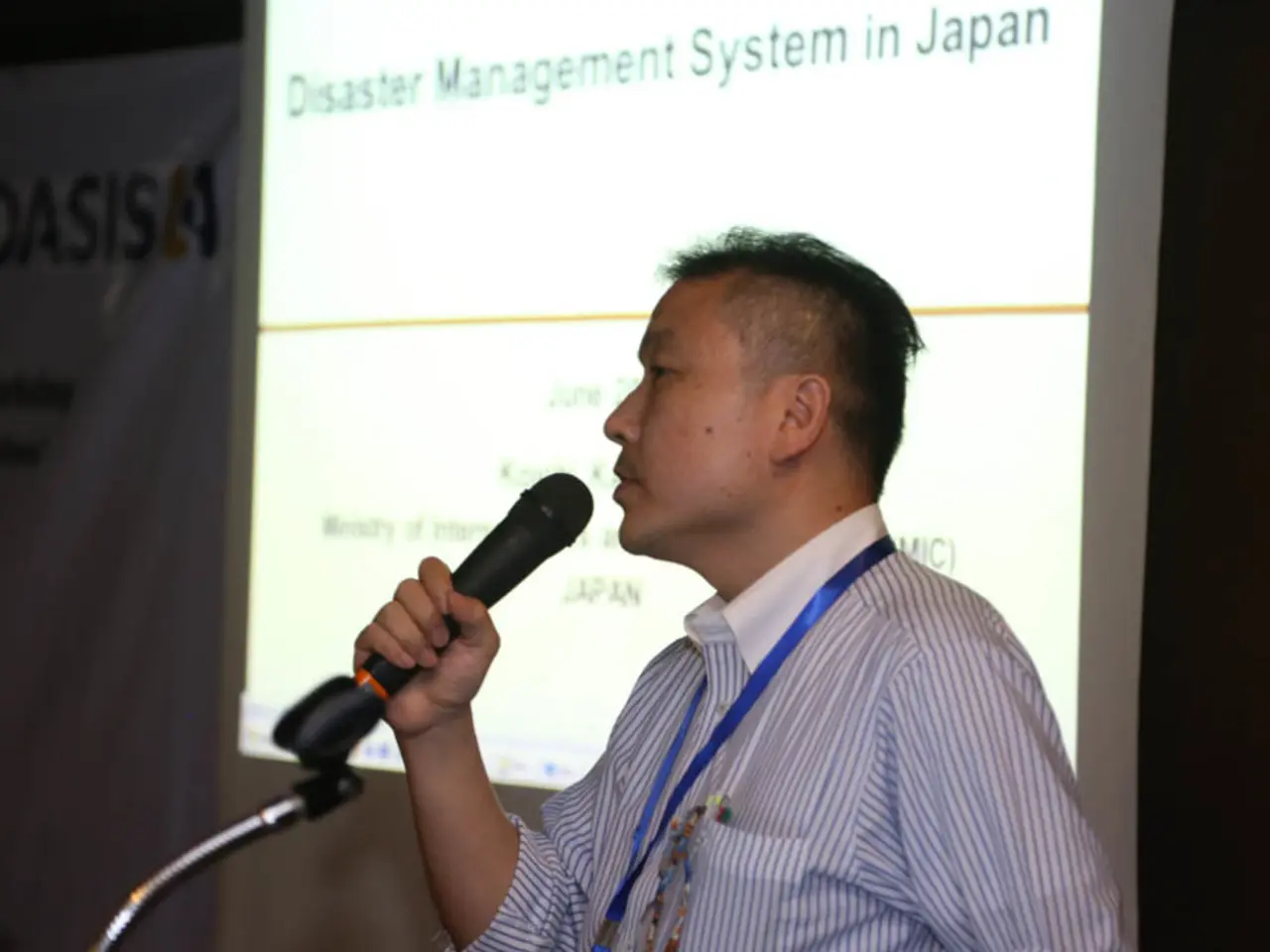Vulnerabilities Uncovered in Telecom Security by CISA, Tied to Salt Typhoon Incident
In a recent report, the Cybersecurity and Infrastructure Security Agency (CISA) has highlighted a growing concern for the telecommunications industry – the advanced persistent threat (APT) group known as Salt Typhoon. This China-linked cyber espionage group, believed to be operated by China's Ministry of State Security (MSS), has been active since at least 2019 and poses a significant threat to U.S. communications and national security systems.
The group's known cyber activities related to telecommunications are alarming. They have compromised major U.S. telecommunications providers such as Verizon Communications and AT&T, raising concerns that they may still be embedded in these systems despite efforts to remove them. Salt Typhoon focuses on stealing sensitive network configurations, administrator credentials, and data traffic, including breaching state Army National Guard networks and collecting detailed network diagrams.
Moreover, Salt Typhoon exploits known vulnerabilities in telecommunications networks, such as Cisco IOS/IOS XE flaws and Palo Alto Networks GlobalProtect. They also use a variety of malware tools to perform stealthy persistent surveillance and data exfiltration, including JumblePath, GhostSpider, Cobalt Strike, Masol RAT, and ShadowPad.
Besides telecommunications, Salt Typhoon's operations affect government, hospitality, and other critical sectors with a primary goal of cyber espionage and information theft. Their activities have far-reaching ramifications, including potential implications for national security and business operations globally.
In response to these threats, CISA recommends several measures to build resilience and protect global communications infrastructure. These include enhancing risk management frameworks, fortifying network defenses, adopting cutting-edge technologies, conducting regular vulnerability assessments, and fostering a culture of cybersecurity awareness among telecom providers.
CISA also strongly advocates for information sharing and joint initiatives between the public and private sectors to develop innovative solutions that can mitigate emerging threats. By adopting proactive measures and fostering strong partnerships, the industry can defend against current and future threats posed by groups like Salt Typhoon.
Unwavering vigilance and innovation will be the cornerstones of robust telecom security as the digital landscape continues to evolve. The integrity of data transmission systems is at risk due to Salt Typhoon's activities, making it crucial for the telecom industry, governments, and cybersecurity professionals to take the CISA report as both a revelation and a call to action.







